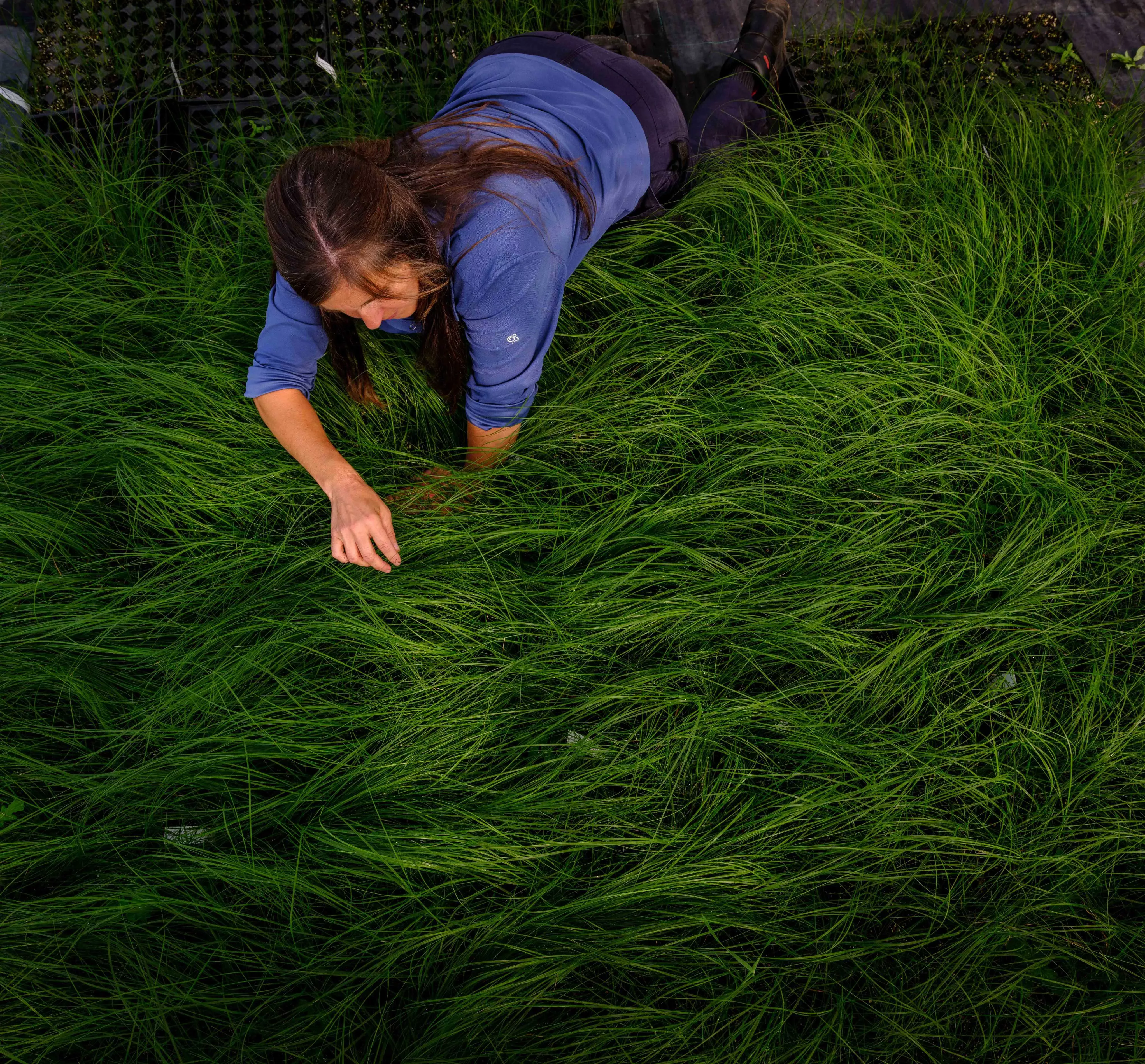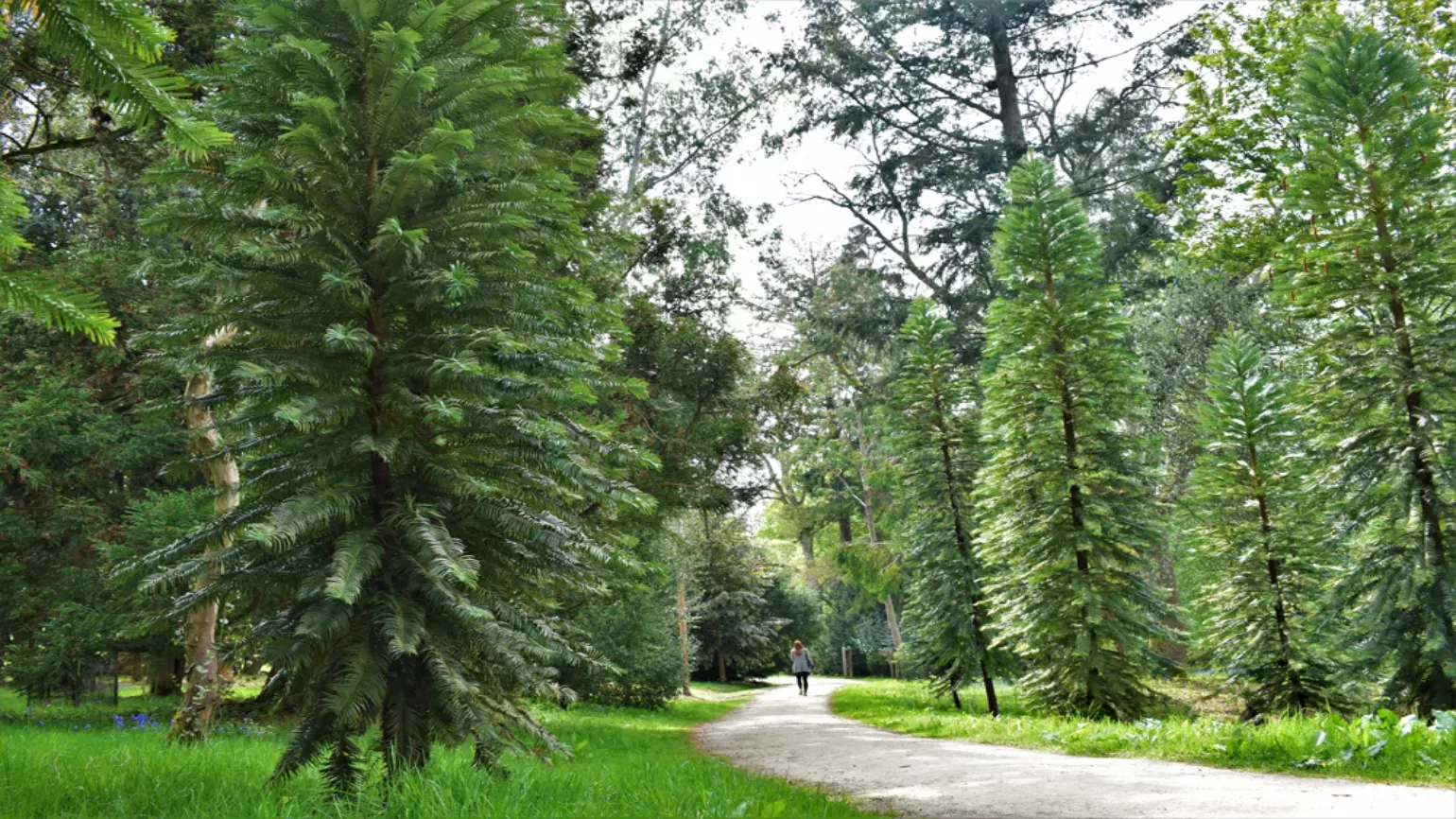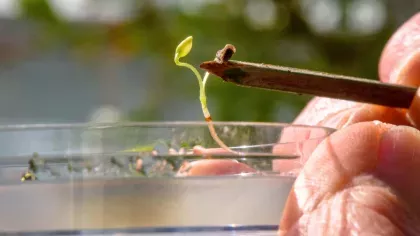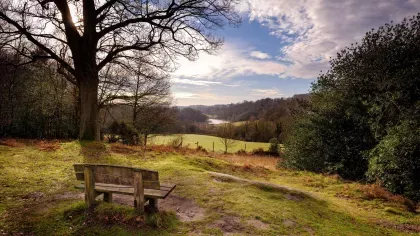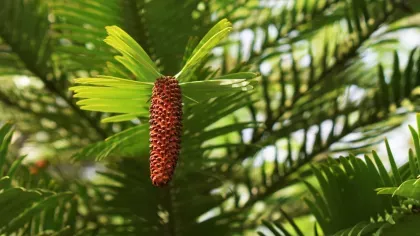8 June 2021
Wakehurst: A living laboratory
Every step you take in our wild botanic garden is a tour of world-class science and expert conservation in action.

From the stunning birch collection to the vast and inspiring Bloomers Valley, the wonderful wilderness of Wakehurst is no accident.
What you might not realise is that many of the plants in our gardens have been carefully grown and chosen not just for their beauty, but also for their scientific potential.
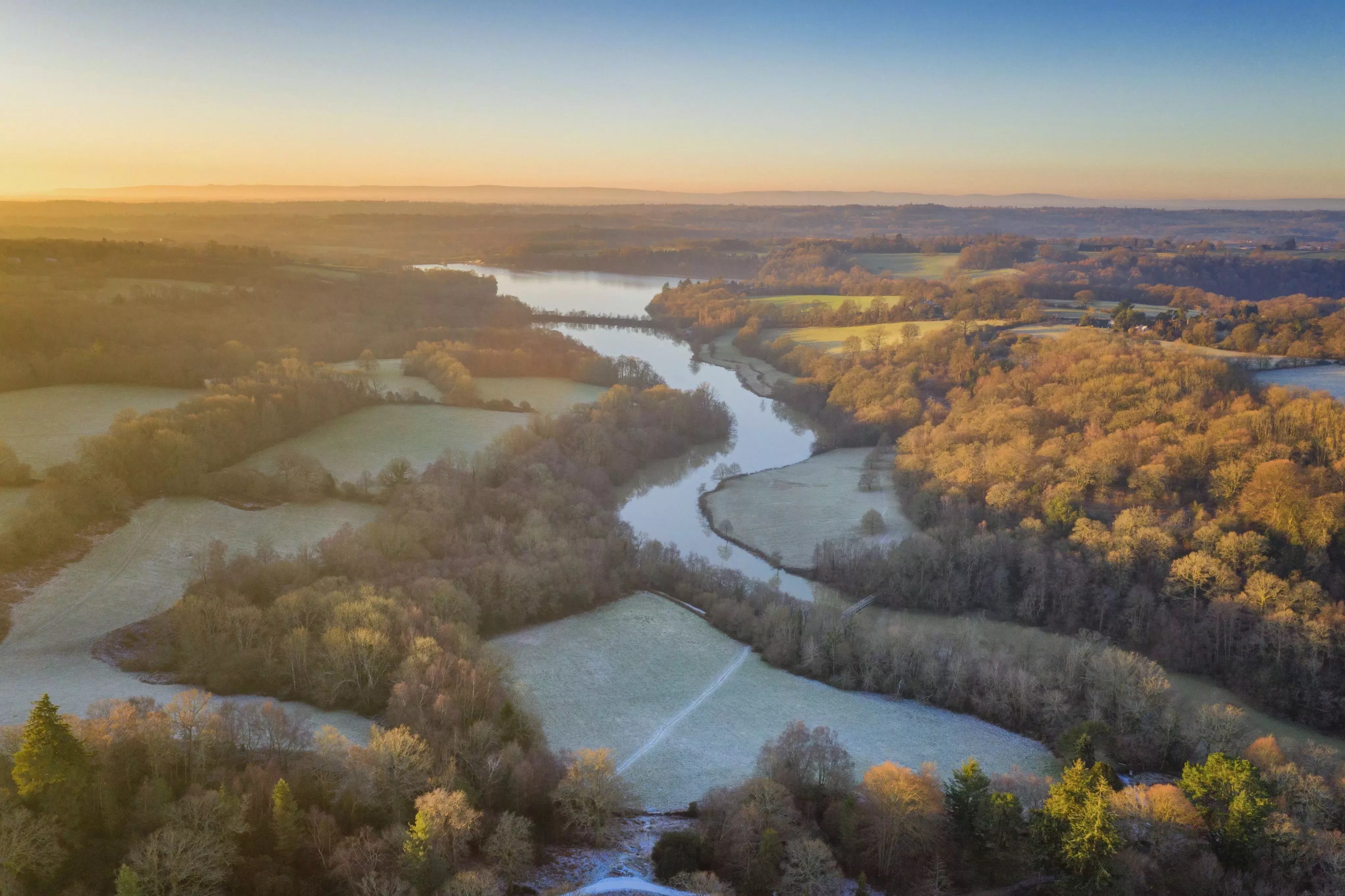
A woodland of scientific wonder
Our horticulturalists work closely with scientists based in the Millennium Seed Bank (MSB) to create the landscape we all love and enjoy.
When you walk the world at Wakehurst, you’re seeing plants grown from seeds collected by our global partnership to protect the world’s plant life.
Love those giant coastal redwoods (Sequoia semperviren) in Horsebridge Wood? They were collected, banked and grown from scientific collaborations in the USA.
The iconic monkey puzzle (Araucaria araucana) on the Chilean bank in Coates Wood is actually an endangered species, and our specimens are part of a dedicated conservation project.
As their seeds are resistant to traditional seed banking methods, hundreds of young plants were grown from that collection and planted out as a living conservation resource.
The UK Native Tree Seed Project is a phenomenal venture between our horticulture and science teams to collect seed from trees across the UK and bank them for the future.
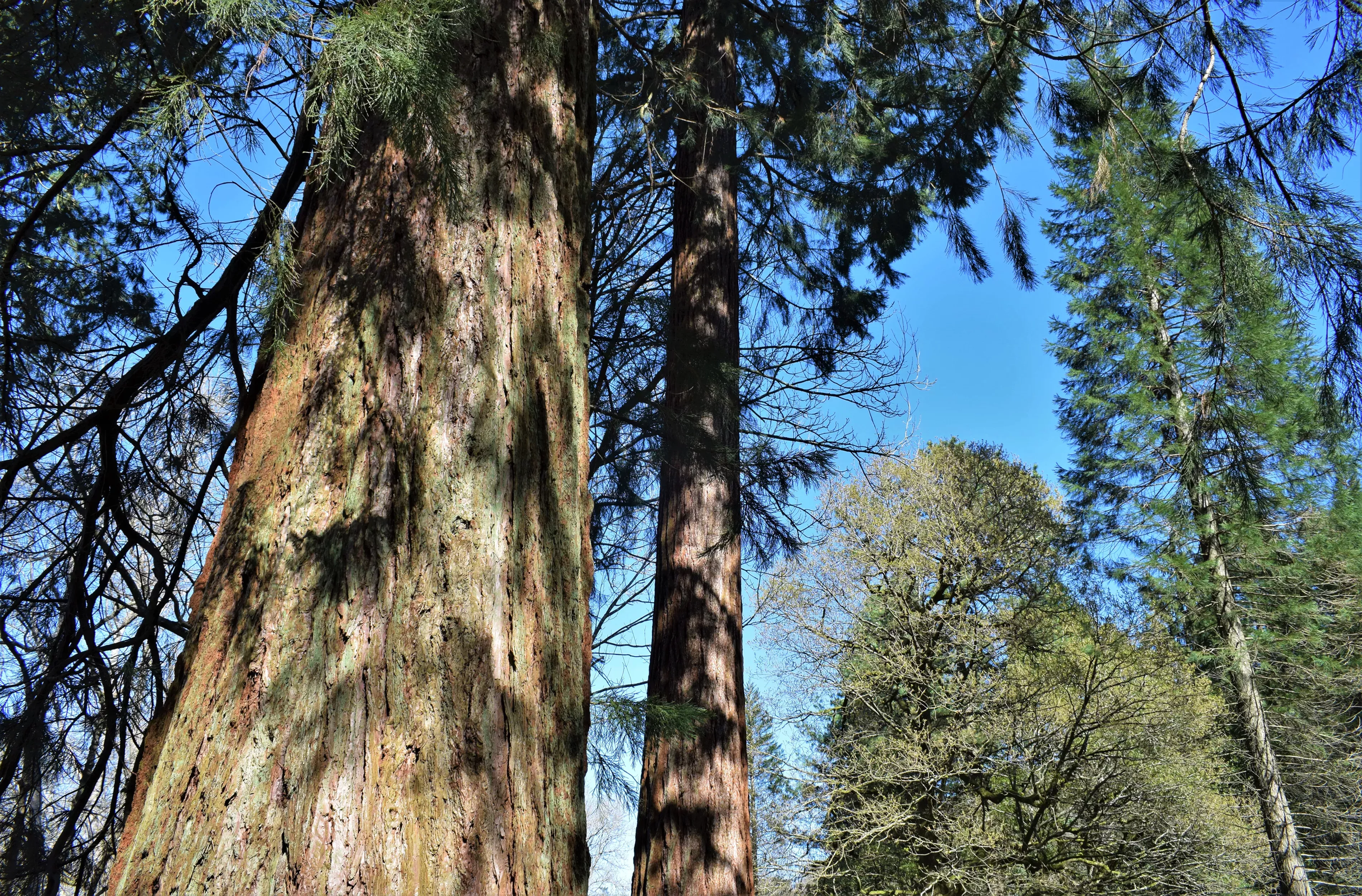

Experts in action
Behind the scenes, horticulturalists work in Wakehurst’s nurseries growing plants for scientific research.
Alongside the MSB’s critical seed work, they have dedicated time to germinating, propagating, and nurturing key plants to enable scientists to better understand the potential of plant life.
This incredible work has meant species like the rare triangular club rush (Schoenoplectus triqueter) and spiked rampio (Phyteuma spicatum) have been reintroduced back into the wild.
Our team have grown over 40,000 plants for research and identification.
What do our horticulturalists get up to?
- Verifying the wild seeds collected through the MSB’s global conservation programme
- Growing samples and creating documentation for Herbarium experts to definitively ID
- Growing plants specifically to harvest seeds to add to the MSB seed collections
- Completing seed collecting trips around the world
- Growing seed-raised plants for Kew scientists to study
- Growing ‘plug plants’ out of threatened species for restoration and conservation projects
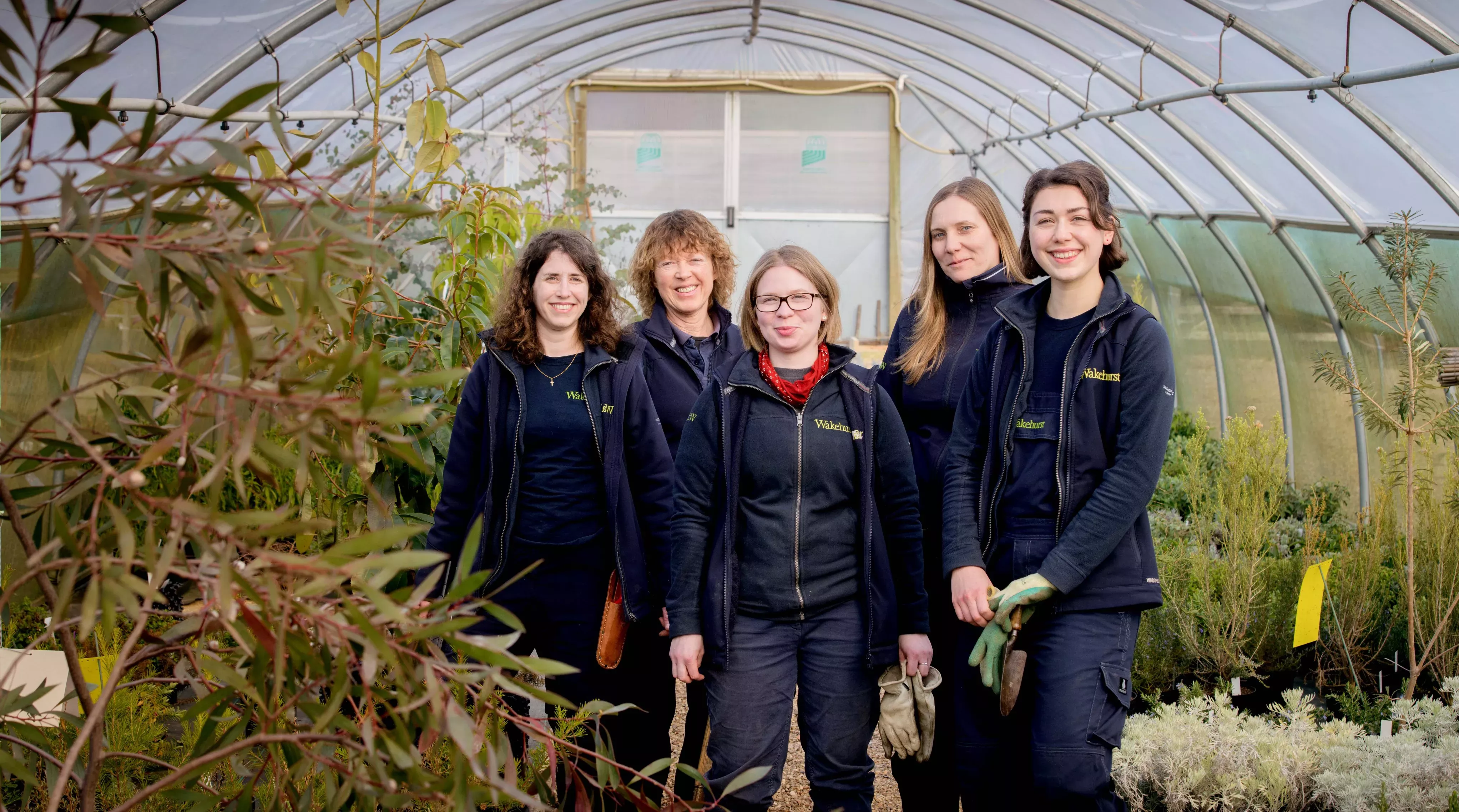

Gorgeous glasshouses
In a quiet part of the MSB lies a glasshouse hidden from the public, where amazing specimens have been propagated and nurtured by our experts.
This is home to some incredibly precious plants:
- The critically endangered Madagascan suicide palm (Tahina spectabilis) – a species only discovered in 2006 and of which fewer than 40 mature plants are known in the wild.
- The tiny least waterlily (Nuphar pumila). Native to the UK, it’s in urgent need of conservation – found in only one place in Shropshire.
- The cabbage tree (Dendroseris litoralis), a plant endemic to the Juan Fernández Islands. This huge 3m plant was grown in our nursery and can now be seen in the Temperate House, Kew Gardens.
- The very rare Cylindrophyllum hallii, thought to be extinct in the wild. It took 10 years to produce a seed in our nursery.
Did you know? The Mansion was the first seed bank at Wakehurst. In 1976, scientists used a seed-storing freezer installed in the Chapel.
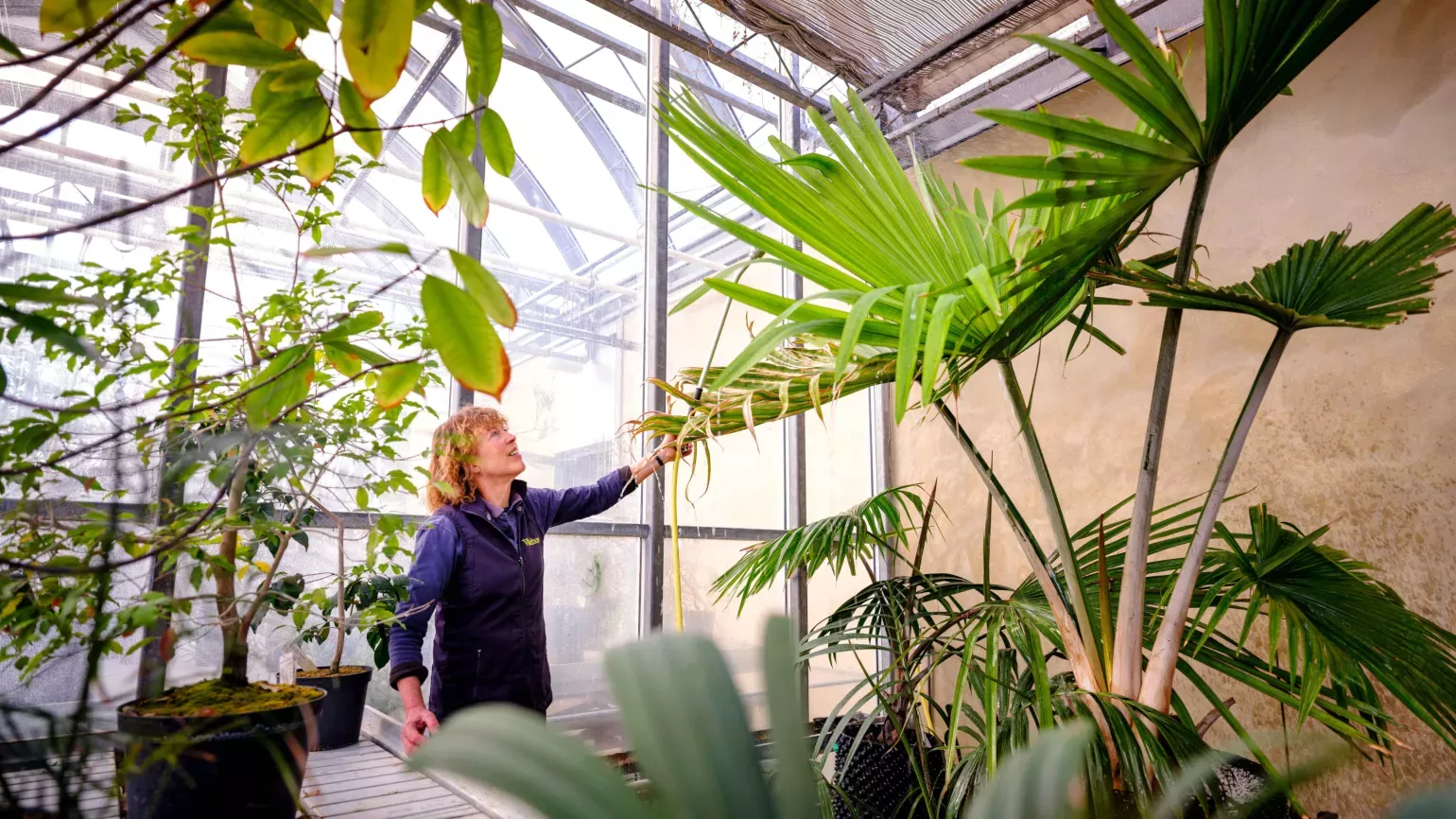
Organised wilderness
Expert and intimate knowledge of landscape management practices means that our team are learning how they can restore and recreate threatened habitats.
The gorgeous Coronation Meadow is an example of meadow restoration work on a grand scale.

Although the bulk of the seed was harvested from an ancient, donor meadow locally, MSB collections were used to produce additional plug plants (grown in the nursery).
We are conducting tests of the seed quality and species capture against two particular harvesting methods, enabling us to develop a more sophisticated analysis of plant traits like height, seed mass and dispersal time.
The flourishing Bloomers Valley is a demonstration of how our scientists and horticulturalists tested various grassland restoration methods that led to the spectacular variety of typical Wealden meadow flowers.

They compared the use of wildflower plug plants, green hay harvested seed and the more traditional approach of sowing seed directly.
Did you know? The parterres flanking the MSB have used some of our earliest collections of the UK’s wild seed and depicts 8 threatened UK habitats.
So when you next visit Wakehurst, know that each part of the journey contains a story of conservation in action, a collaboration of horticultural excellence and scientific vision that has built the wonderful land you’re on.
